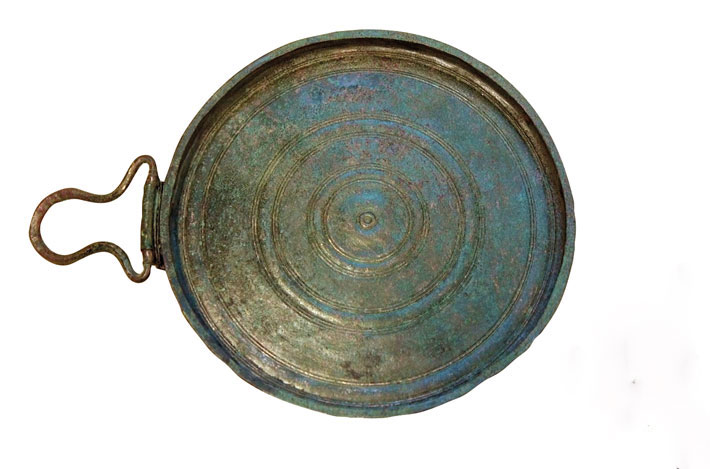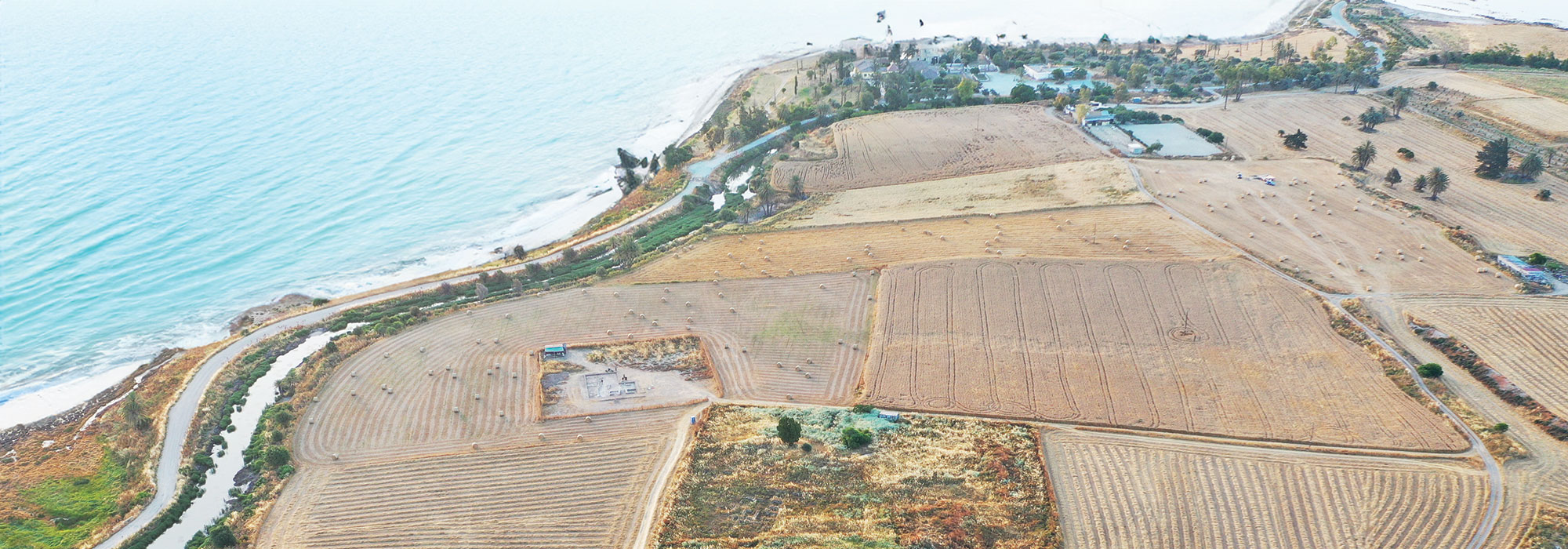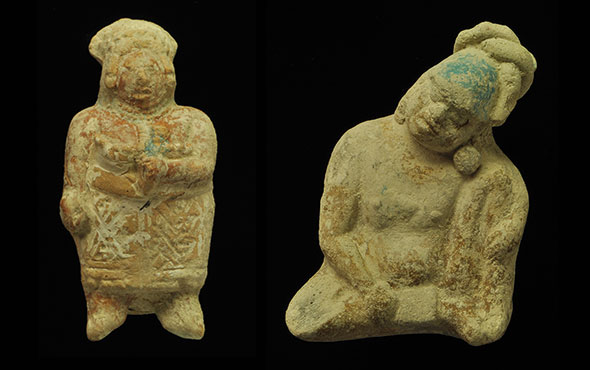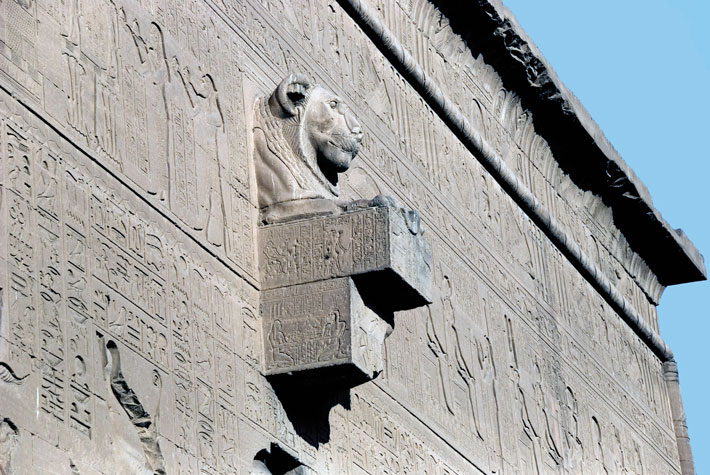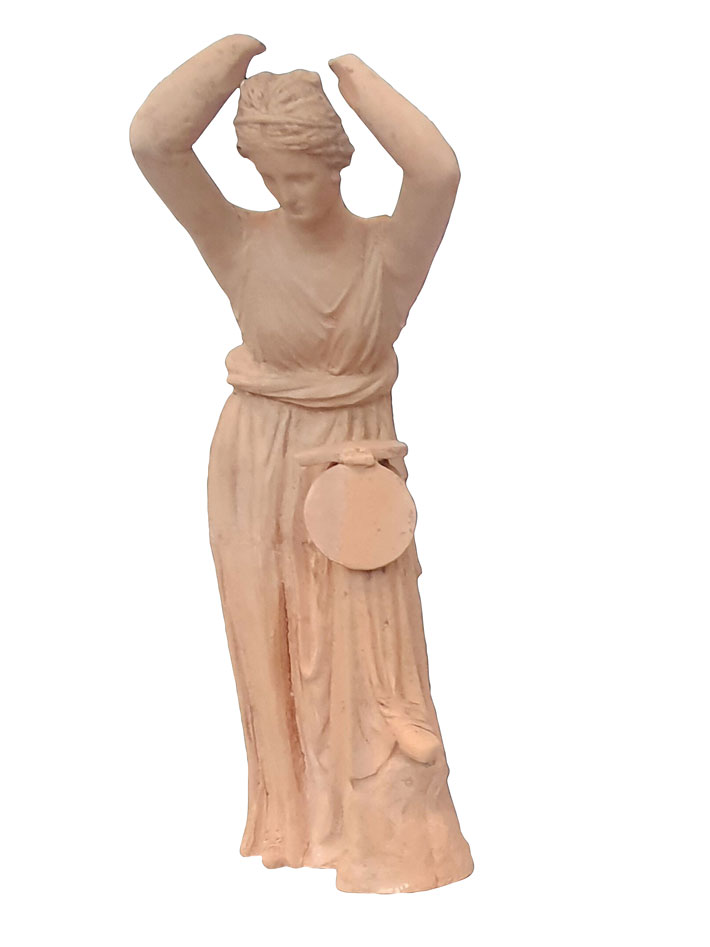
On the southern outskirts of Jerusalem, researchers led by Israel Antiquities Authority archaeologist Liat Oz excavated a shaft tomb constructed in the late fourth or early third century B.C., during the Hellenistic period, after Alexander the Great had conquered the region. Inside the burial, which was situated along an ancient highway far from any settlement, they found the charred bones of a young woman who likely died in her 20s. Four bent iron nails placed around her partially cremated remains were intended to protect both the deceased from would-be grave robbers and the grave diggers from her. Laid next to the woman was a type of bronze folding mirror called a box mirror with a handle and a hinged cover engraved with six concentric circles.
Box mirrors were either part of a Greek woman’s dowry or given by men as gifts to hetaerae, highly educated, influential women who served as social escorts, says archaeologist Guy Stiebel of Tel Aviv University. “Hetaerae were courtesans, similar to Japanese geishas, who were able to break the glass ceiling of male-dominated Greek society,” he says. “Unlike married women, for example, they were allowed to take part in drinking parties.” The mirror’s presence in the grave indicates that the woman was not a local. Neither could she have been a married Greek woman, who would have been unlikely to travel abroad with her husband. “For these reasons,” Stiebel says, “we suggest that the deceased was a hetaera who accompanied a Hellenistic official, possibly even a general, traveling on a campaign through Judea.”
